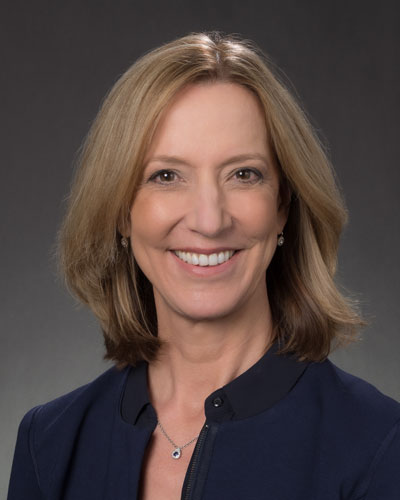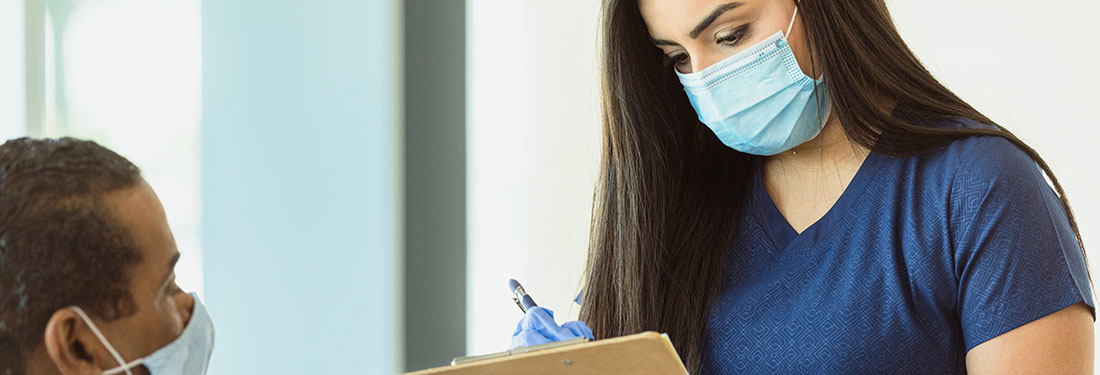Three Ways to Achieve a Future of Better Health Care, Lower Costs
As a physician and teacher of lean health care methods and tools, I’m often part of conversations with my peers about where the future of health care is going. Organizations are increasing their focus on patient safety and patient experience. Reimbursement fees and updated safety standards are driving the movement toward safer care, and patients themselves are overtly asking how they can take part in a larger part of the decision-making process. At the same time, health care organizations’ leaders are continually looking for ways to retain the best staff, increase efficiency and lower their costs. How we can give patients what they need to live healthy lives yet position our organizations as employers who attract and retain top talent and achieve the organization’s financial goals?
I envision a world of health care in which organizations partner with their patients so effectively that more patients are healthier than ever before. Today, health care is reactive — and we’re not seeing a decline in patients who present with problems that have been brewing a long time. Using the health care model that looks at patients in three tiers — the very sick at the top, the “rising sick” in the middle and the well at the bottom — too many of our patients are still part of the rising sick population. We need to get better at working with patients to keep them in the tier of the well patients and prevent their health from deteriorating.
“We need to be asking each other, ‘How can we bring the care to Joe so he will accept it? By Skype, phone, office hours on weekends? How can we keep Joe from getting so sick he needs to visit the ED?’”
– Ingrid Gerbino, MD
How can we get there?
To make progress in providing safer, better care that keep our patients healthier every day, we need to do three things:
One
Improve our ability to analyze each patient’s journey in the health care system. To develop systems that deliver on what our patients truly need from health care organizations, we need to understand their experience from the time they think about initiating a visit to see us, to what they experience when they interact with us (from the front door to the exit door), to how they approach their health after their visit. In the future, every person on the health care team will have more meaningful impact on the patient experience — and as a team they’ll understand all the patient’s health needs. In lean health care, we understand the patient journey by creating value streams that help us eliminate times that patients wait for care and give them more time to receive truly valuable care.
And when the team uncovers the barriers that stop patients from getting better — such as the stress a patient feels in caring for an aging parent or a disabled child — they can devise a plan to step in and help. In the future, a provider will be able to work with a team to understand the patient history and say to the patient, “I understand you’re having trouble taking any time for yourself to get healthy. Let’s introduce you to a great behaviorist. Together we’ll work on an action plan to help you get your blood pressure to a safe level.”
This is already happening in innovative models through the use of wellness coaches on primary care teams, who can serve as coaches to help patients follow through on their goals. The coaches meet with patients personally and also communicate with them in the way they prefer — by phone, text, email, etc. — to ask, “What are you doing today to meet your goal? What are your barriers, and how can I help you push through?”
Two
Engage our staff in such a way that we enable them to work to the top of their abilities — aligning their skills with the tasks they perform every day — and help them grow into new patient-centered roles. In the future, it will be part of the scheduler’s role to actively participate in the conversation whenever the patient calls. The scheduler will be trained to ask just the right questions to pair the patient with the best provider and then seamlessly schedule him or her for recommended screenings well before they’re due. The medical assistant will be trained to gather rich patient data, using proven tools to obtain an evidence-based history and leaving the provider ample time to do what he or she does best: diagnose and treat.
And they won’t keep this information to themselves. They’ll be co-located together, not down long hallways or in other buildings, so that they can quickly form team huddles to discuss the best ways to care for the patients they’ve come to understand so well. When a medical assistant alerts the provider that a patient has scored high for possible depression on a screening tool, the team can immediately discuss next steps to keep that patient safe and well — and prevent the patient from slipping into the realm of the rising sick.
My team has already made huge gains in this model. In using lean methods to lift employee responsibilities to align with their skills and what the patient wants, my team members are getting closer to truly understanding the patient’s needs, and it’s exciting. Team members are engaged, and we’re still working every day to make the patient care seamless.
Three
Understand how to give patients the care they want just when they want it. In health care as a whole, we’re still learning how to give patients the convenience they want. Patients with full-time jobs are stressed, and many don’t take the time to attend to their health, so we need to intervene. If we can figure out the best way to do that, we can reduce the percentage of the very sick, keep patients happier and save tremendous amounts of money. We need to be asking each other, “How can we bring the care to Joe so he will accept it? By Skype, phone, office hours on weekends? How can we keep Joe from getting so sick he needs to visit the ED?”
Along the same lines, the future will see better and better tools to help patients engage in shared decision making. When a provider recommends a particular type of medication, for instance, he or she will take into consideration the patient’s culture, experience, language and history and will tailor the conversation so that the patient understands the risks, benefits and costs of the medication. By the end of the conversation, the patient will be able to say, “I understand my options now, and these are the risks I’m willing to accept.”
I’m working toward a future in which everyone sees that health care isn’t black or white. It’s different for each patient, and we need to find ways to work together in teams to identify patient problems early enough so we can pull patients out before they rise too high into the realm of the very sick. In the future, our teams will be so integrated that all the team members — the medical assistant, the primary care physician, the cardiologist, the physical therapist, the dietician, the coach, the dentist, the pharmacist, the patient, the patient’s family and more — will understand what the other team members are doing to keep the patient on track to a healthy life. My team is getting closer to this future every day. How can we all keep the momentum going?
Related Services
Aligning Physician and Executive Stakeholders
This interactive experience invites participants to assess their current state of physician and executive engagement, learn new tools, create a detailed road map to engage stakeholders and develop new strategies to navigate adaptive change.
Improving Flow in the Ambulatory Setting
Teams consisting of health care providers, leaders, and clinical team members are empowered to improve flow by learning to reduce wait times, increase quality, and remove non-value-added activities from their day. Through the development of effective standard practices, participants learn to foster a high-functioning team environment, improve economic performance, and ultimately, improve both patient and staff satisfaction.
Custom Seminar
Our customized learning experience not only details Virginia Mason’s history of successfully applying its patient-centered lean tools and methods to health care, but also addresses the participating organization’s specific challenges and opportunities.
Executive Retreat
Our executive learning experience explores lean methods, the connection between systemwide respect and safety, and the essential leadership qualities necessary for transformation: transparency, visibility and a sense of urgency.






